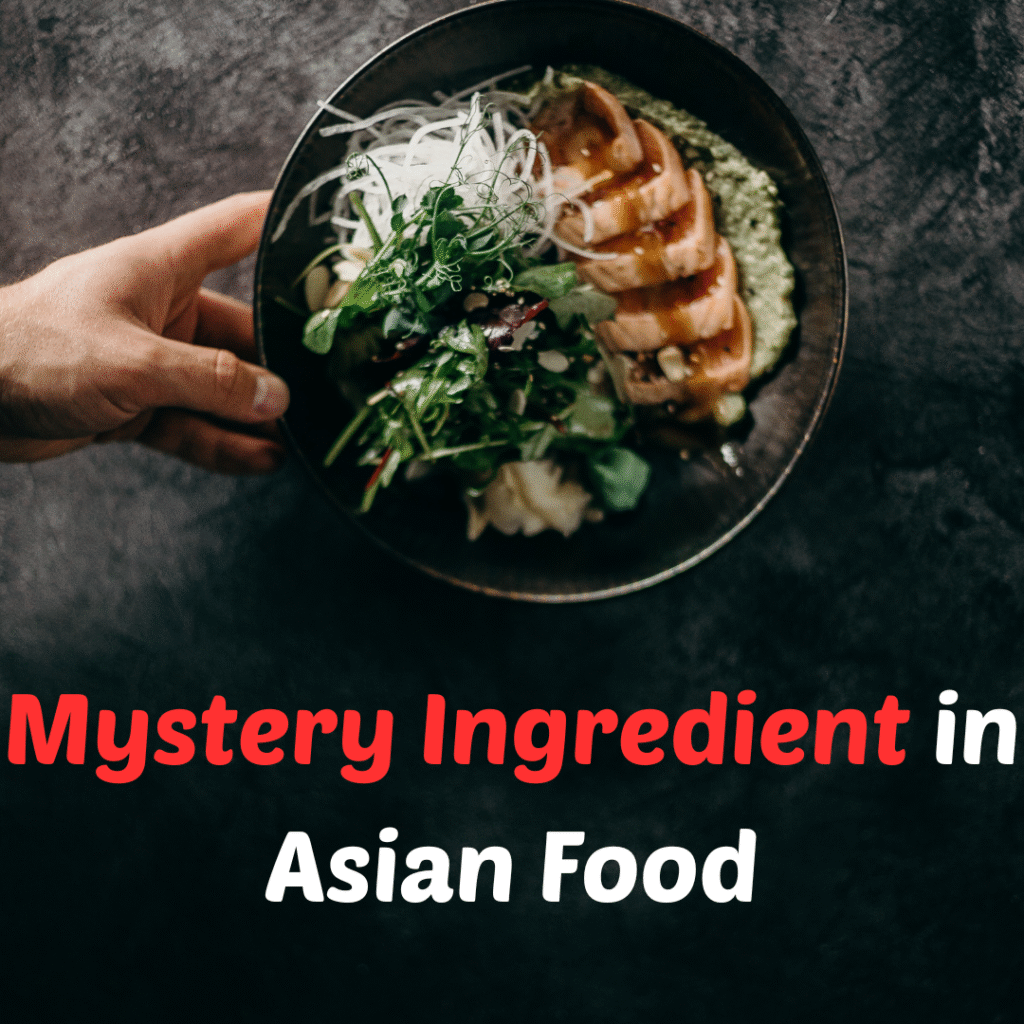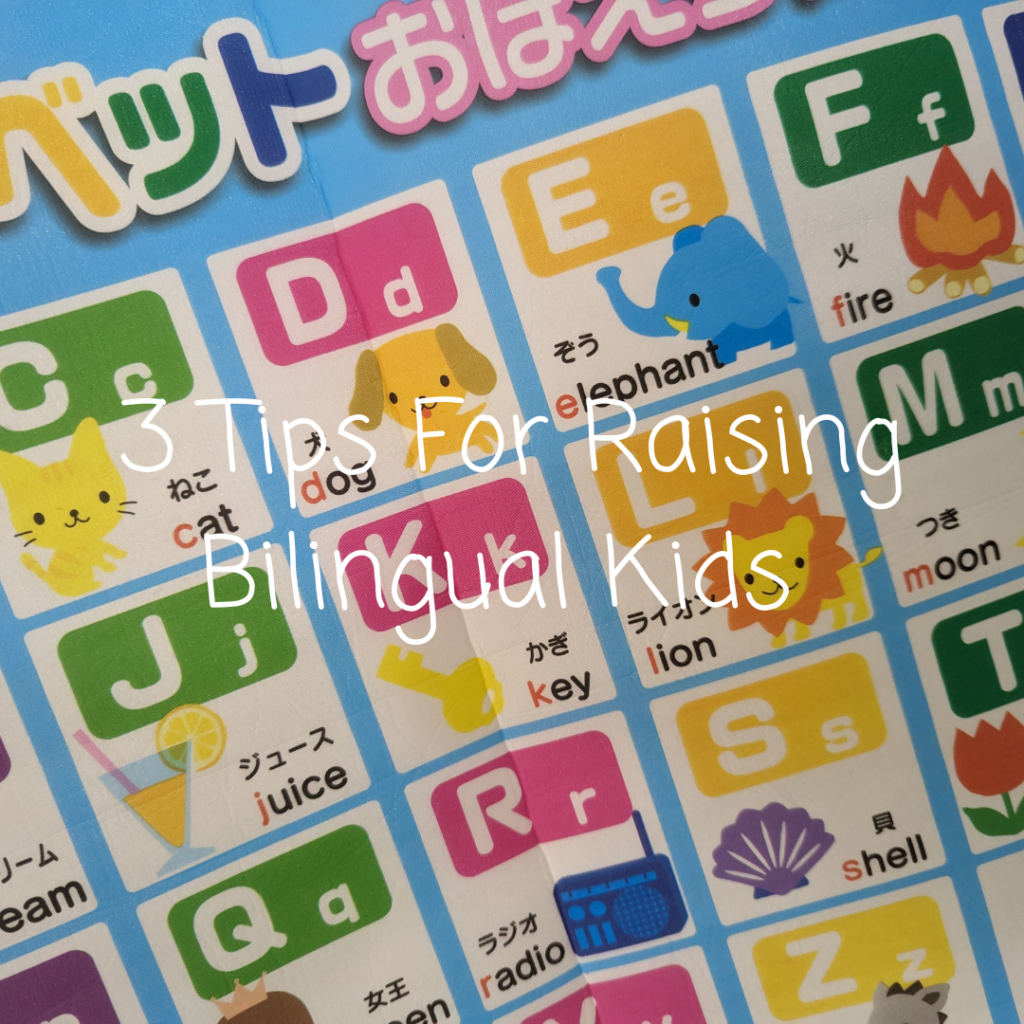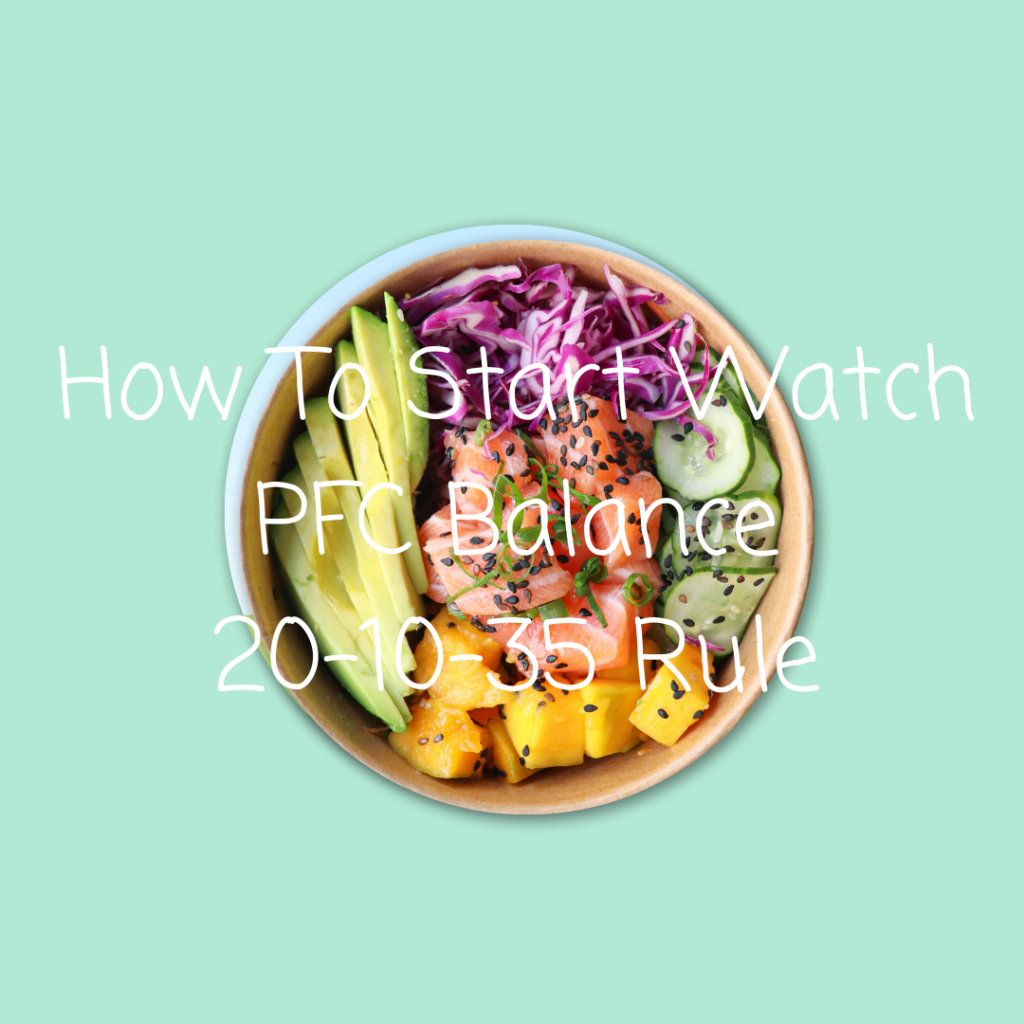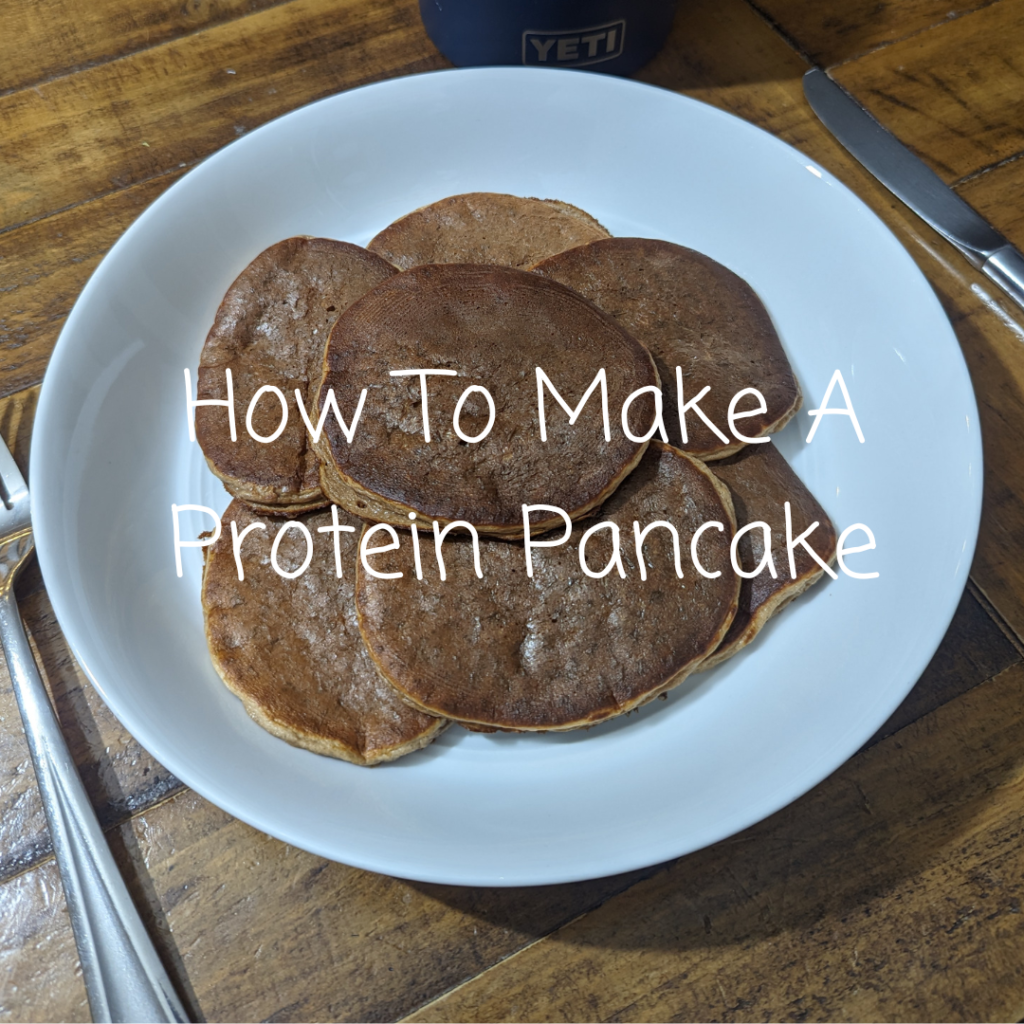For as long as I’ve known him, my husband’s relationship with food has been a game of Russian roulette. A seemingly random, unexplained headache would strike without warning, turning a delicious meal into a moment of misery. He’d suffered from these mysterious headaches since he was a kid in Japan, and it was just a frustrating part of his life—a puzzle we thought would never be solved.
But as all great mysteries go, the solution arrived in the most unexpected way. He was chatting with a friend who mentioned she felt “yuck” after eating anything with an MSG sensitivity. My husband, who had never really cared about the term, asked, “MSG? What’s that exactly?” It was a question that would change his life. He learned that monosodium glutamate is a flavor enhancer found in a shocking number of foods, especially in Japanese and other Asian cuisines. Curiosity piqued, my husband decided to become his own human lab. He consciously consumed dishes with MSG, and every single time, the headache would hit like clockwork. After decades of suffering, the case was finally closed. He was a human MSG detector, and he was so happy to finally have the power to avoid his enemy.
A Japanese Food Tour Becomes an Ingredient Quest
The real test of his newfound knowledge came on a trip to Japan, where a simple meal is a culinary minefield. Hotel breakfast buffets, which should have been a paradise of options, became his biggest challenge. It was like watching a kid in a candy store who could only look at the wrappers. He had to avoid virtually every Japanese dish with a sauce or broth—miso soup, nimono (simmered vegetables), and even hot noodle soups. His breakfast plate was a tragic portrait of culinary sacrifice: plain white rice, unseasoned salad, and maybe a piece of dry bread. He could use soy sauce only if he could confirm it contained nothing but soy and salt, which was a surprisingly rare find.
Part of the frustration was that MSG isn’t an allergen, so most restaurant staff don’t even think about it. When we’d ask, “Do you use MSG?” we were usually met with a friendly but confused look. In Japan, you have to look for the term “Choumiryou-amino-san,” which is often hidden on ingredient lists. Our trip was a series of “no’s,” with only two places out of more than twenty passing the MSG-free test. Of course, those two places were high-end, luxurious spots where we had to pay a premium for peace of mind.
Our Kitchen: An MSG-Free Fortress
Back home, our kitchen has become a well-oiled machine in the battle against MSG. I’ve become a master of sourcing special ingredients. Our go-to for Japanese dashi (soup base) is an online order from Nijiya in California as the MSG-free versions are hard to find and a bit more expensive, but worth every penny. For us, the extra cost is nothing compared to a life without pain.
When I go shopping, it’s a treasure hunt. For other stuff, I head straight to our go to Japanese grocery store locally, and I read every single label. For miso, soy sauce, and even curry flakes, I’m on high alert, scanning for the words “monosodium glutamate.” My husband’s sensitivity means even a tiny trace will trigger a headache, so my label-reading skills are seriously on point.
Navigating the World Outside the Kitchen
While cooking at home is the best way to completely avoid MSG, you’ll likely want to enjoy dining out once in a while. In many restaurants, especially those serving Asian cuisine, it’s nearly impossible to guarantee a dish is entirely MSG-free. However, you can significantly lower your risk.
Try ordering dishes that are less soupy and always ask for sauces on the side. You can also ask the restaurant staff about their ingredients, though as we’ve learned, they may not always be aware of what’s in every ingredient. With a little extra caution, you can navigate dining out with more confidence.
If you’re out there, suffering from mysterious headaches or stomach discomfort after eating, especially after Asian foods, MSG might be the hidden culprit. It’s a tricky ingredient to avoid, but it’s not impossible. Our story is proof that with a little detective work and a commitment to understanding what you put in your body, you can find your way back to a life of delicious, headache-free eating. Because eating is one of the things we MUST do, and I believe we deserve to make it as fun and delicious as possible. Let’s find a way to meet your needs!





